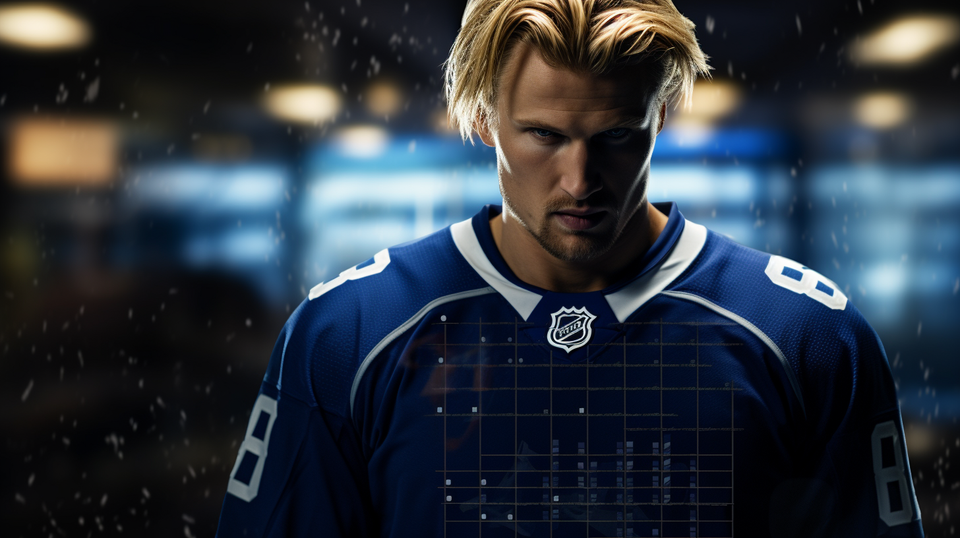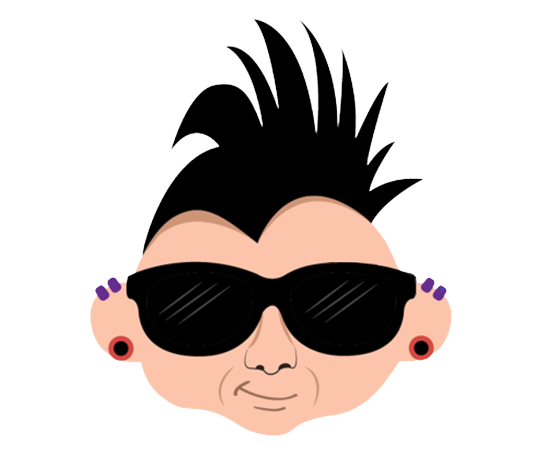Frozen Chess: Decoding Positions & Roles in Ice Hockey

In this Edition
- What are the Different Positions in Hockey?
- What are the Responsibilities and Tasks of Each Position?
- Are there Different Playing Styles Associated with Specific Positions?
- What are Line Combinations and Defensive Pairings?
What are the Different Positions in Hockey?
Ice hockey comprises three primary player positions:
- Forwards: Forwards are the offensive playmakers. They are responsible for scoring goals, creating scoring opportunities, and driving the team's offensive strategy. There are different types of forwards, including centers, left wings, and right wings, each with specific responsibilities.
- Defensemen: Defensemen form the backbone of the team's defensive strategy. They aim to thwart the opposition's offense, protect their own net, and initiate plays from the defensive zone. Defensemen work in pairs, with one playing on the left side (left defenseman) and the other on the right side (right defenseman).
- Goaltenders: Goaltenders are the last line of defense. They guard the net, block shots, and prevent the opposing team from scoring. Goaltenders possess exceptional reflexes, positioning, and mental toughness, serving as the backbone of their team's defense.
What are the Responsibilities and Tasks of Each Position?
Let's delve deeper into the responsibilities and tasks associated with each position.
Forwards
- Centers: Centers are versatile players who excel in faceoffs, distribute the puck to teammates, and anchor the team's offensive and defensive play. They are often responsible for organizing plays and providing support in both ends of the rink.
- Left Wings: Left wings primarily play on the left side of the ice. They contribute to offensive plays, provide support to the centers, and often excel in board battles and physical play.
- Right Wings: Right wings operate on the right side of the ice. They collaborate with centers and left wings to generate scoring opportunities, exhibit strong shooting skills, and maintain defensive awareness.
Defensemen
- Left Defensemen: Left defensemen play on the left side of the ice. They are responsible for stopping opposing forwards, blocking shots, and initiating breakouts from the defensive zone.
- Right Defensemen: Right defensemen operate on the right side of the ice. They perform similar tasks to left defensemen, including defensive duties, clearing the zone, and supporting offensive plays.
Goaltenders
- Goaltenders face the daunting task of stopping shots from skilled opposing players. They must exhibit lightning-fast reflexes, impeccable positioning, and exceptional anticipation to make saves and maintain a strong defensive presence.
Are there Different Playing Styles Associated with Specific Positions?
Yes. Each player position has distinct playing styles that contribute to the team's overall strategy.
Forwards
- Snipers: Snipers are known for their goal-scoring prowess. They possess deadly accurate shots and excel at finding open spaces to unleash their scoring abilities.
- Playmakers: Playmakers are exceptional passers who possess superb vision on the ice. They have a knack for setting up their teammates with scoring opportunities.
- Power Forwards: Power forwards combine size, strength, and skill. They can dominate the physical aspects of the game while contributing offensively.
Defensemen
- Shutdown Defensemen: Shutdown defensemen focus on neutralizing opposing forwards. They excel at physical play, positioning, and disrupting offensive plays.
- Puck-Moving Defensemen: Puck-moving defensemen specialize in initiating offensive plays. They have excellent puck-handling skills and the ability to make accurate passes to start the team's attack.
What are Line Combinations and Defensive Pairings?
In hockey, line combinations and defensive pairings play a crucial role in team success. Coaches strategically organize players into lines and pairings to optimize offensive chemistry and defensive cohesion. These combinations aim to maximize players' strengths, balance offensive and defensive abilities, and create effective teamwork on the ice.
- Forward Line Combinations: Coaches assemble forwards into lines based on their playing styles, chemistry, and skill sets. Lines typically consist of three forwards, often referred to as the first line, second line, etc.
- Defensive Pairings: Defensemen are paired together to form effective defensive units. The chemistry between defensemen is essential for smooth defensive zone coverage, breakout passes, and supporting offensive plays.
Now that you have a comprehensive understanding of player positions, roles, and the intricacies of line combinations and defensive pairings, you can better appreciate the strategic aspects of ice hockey. Check out our other posts in the Puck 101 series, where we explore all things hockey!
Subscribe to our newsletter to get the latest and greatest content on all things hockey analytics!

Member discussion